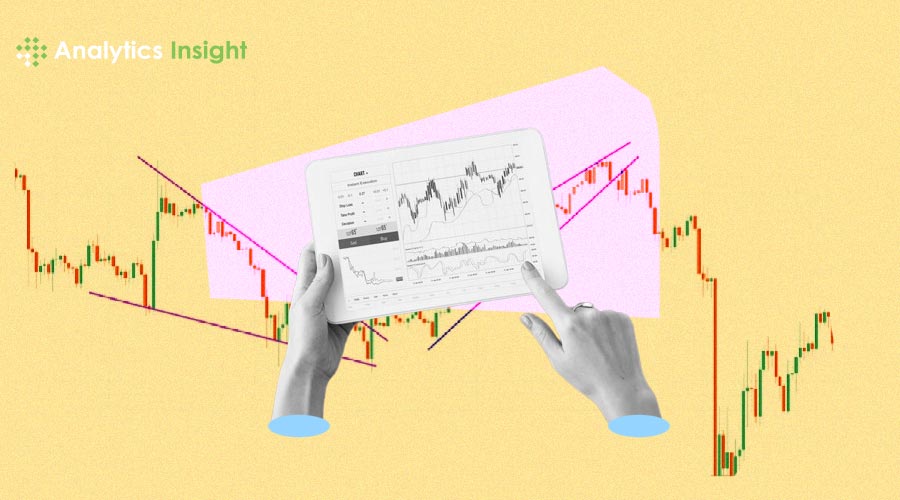Mastering Cryptocurrency Charts: A Comprehensive Guide to Expert Chart Analysis
The world of cryptocurrency is fascinating yet complex, with its own set of tools and methods for gauging market behavior. One of the fundamental skills for any crypto investor or trader is the ability to read and understand cryptocurrency charts. These charts offer a visual representation of the market’s historical and current performance, providing insights that can inform trading decisions. In this guide, we will explore the various aspects of cryptocurrency charts, helping you to gain the confidence and knowledge needed to navigate the crypto market effectively.
Understanding the Basics
Types of Charts:
- Line Charts: The simplest form, showing the closing prices over a set period.
- Bar Charts: Provide more detail than line charts, showing the opening, high, low, and closing prices (OHLC) for each period.
- Candlestick Charts: Similar to bar charts but offer a more visual representation of market movements. The ‘body’ shows the open and close prices, while the ‘wicks’ show the high and low.
- Time Frames: Charts can be viewed over various time frames, ranging from minutes to days, weeks, or even years. Short-term traders might use shorter time frames, while long-term investors may look at daily or weekly charts.
Reading Candlestick Charts
Candlestick charts are particularly popular in cryptocurrency trading due to their detailed representation of price movements.
- Bullish and Bearish Candles: A candlestick is ‘bullish’ if the closing price is higher than the opening price, often represented in green. A ‘bearish’ candle, typically red, indicates that the closing price is lower than the opening price.
- Candlestick Patterns: Certain patterns can indicate potential market behavior. For example, a ‘hammer’ or ‘inverted hammer’ might suggest a reversal, while ‘doji’ candles indicate indecision in the market.
Technical Analysis
- Support and Resistance Levels: These are key concepts in technical analysis. ‘Support’ is a price level where a downtrend can be expected to pause due to a concentration of demand, whereas ‘Resistance’ is where a trend can pause or reverse due to a concentration of selling interest.
- Trend Lines: These are straight lines drawn on a chart to connect a series of prices. An upward trend line connects the lows and shows support levels, while a downward trend line connects the highs, indicating resistance levels.
- Moving Averages: These are used to smooth out price data to identify the trend direction. A ‘simple moving average’ (SMA) calculates the average of a selected range of prices, while an ‘exponential moving average’ (EMA) gives more weight to recent prices.
- Volume: The volume of a cryptocurrency is the total amount traded in a time period and is usually shown below the main chart. High volume often indicates high interest in a coin, which can signify a start or continuation of a trend, or the likelihood of a reversal.
Indicators and Oscillators
- Relative Strength Index (RSI): This momentum oscillator measures the speed and change of price movements. RSI values range from 0 to 100, with high values (typically above 70) indicating a potentially overbought market, and low values (below 30) suggesting an oversold market.
- Moving Average Convergence Divergence (MACD): This tool uses two moving averages and is used to identify potential price direction changes through convergences and divergences.
- Bollinger Bands: These are a form of price envelope developed by John Bollinger. They consist of a middle band (SMA) and two outer bands that are standard deviations away from the central band. Tightening bands can signal low volatility and potentially a significant price move.
Chart Patterns
- Head and Shoulders: This pattern indicates a reversal in the current trend and is considered one of the most reliable trend reversal patterns.
- Triangles and Flags: These are continuation patterns that suggest a pause in the trend. They can be bullish or bearish and are identified by drawing trend lines that connect the highs and lows.
- Double Top and Double Bottom: These patterns are used to identify potential reversals in the market.
Putting It All Together
Understanding cryptocurrency charts involves more than just recognizing patterns and indicators. It’s about interpreting what they mean in the context of the current market environment. Combining different elements of chart analysis can provide a more complete picture.
Tags: Cryptocurrency, Insights
